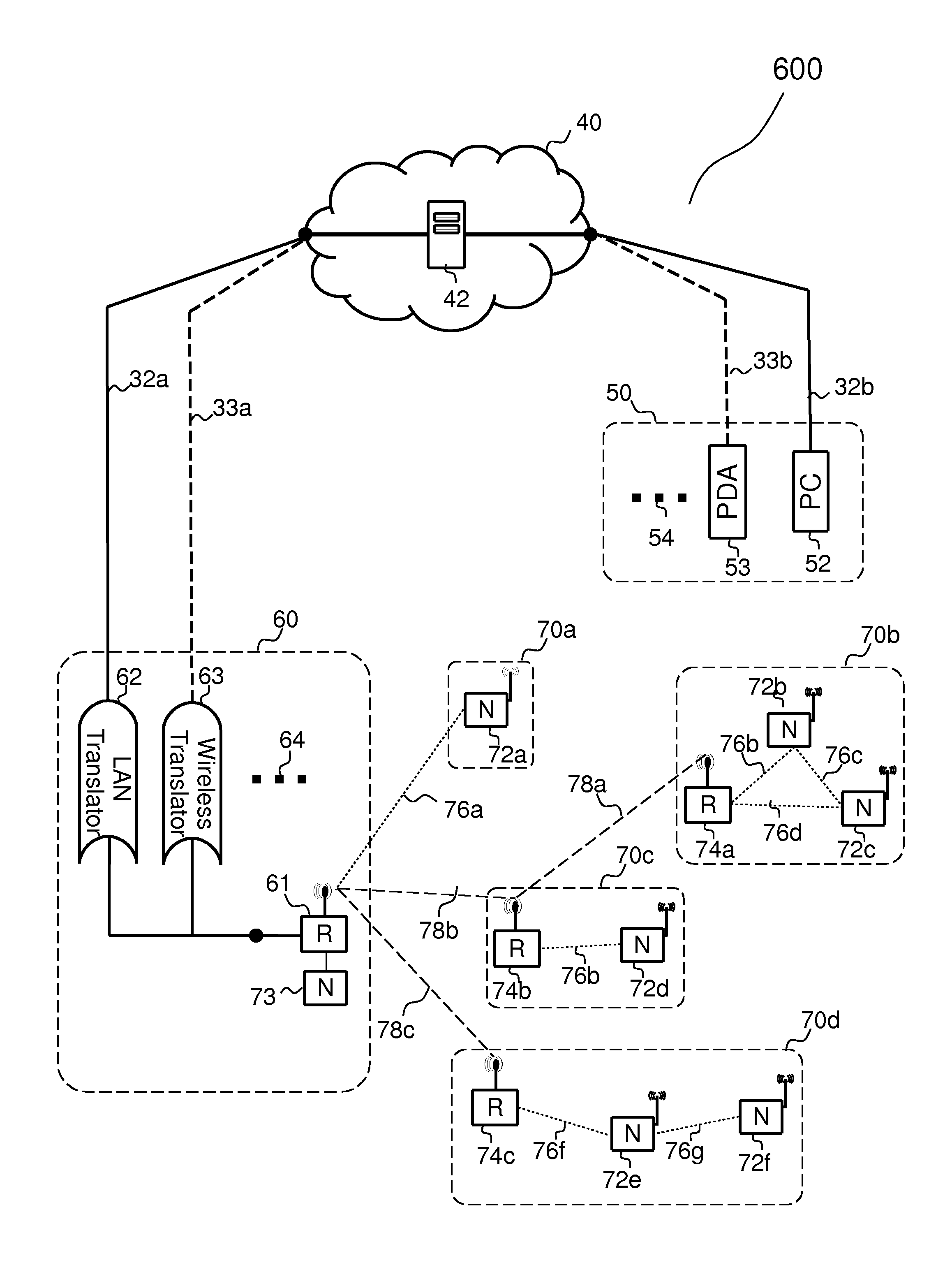Bettle sensing device and method of use
- Summary
- Abstract
- Description
- Claims
- Application Information
AI Technical Summary
Benefits of technology
Problems solved by technology
Method used
Image
Examples
Embodiment Construction
[0037]Reference will now be made to the drawings, wherein to the extent possible like reference numerals are utilized to designate like components throughout the various views. Referring to FIG. 1A, which presents a prior art Lindgren beetle trap 1 having a low debris mesh screen assembly 4a of the present invention and a pest sensor 3 of the present invention mounted thereto at the outfall of said Lindgren beetle trap. Similarly, FIG. 1B, presents a prior art Lindgren beetle trap 1 having a high debris mesh screen assembly 4b and a pest sensor 3 of the present invention mounted thereto at the outfall of said prior art Lindgren beetle trap. The construction and use of the Lindgren beetle trap is taught in U.S. Pat. No. 4,471,563 and herein incorporated by reference.
[0038]Referring now to FIG. 2 there is shown a prior art Armstrong beetle trap 2 having a high debris mesh screen assembly 4b of the present invention and a pest sensor 3 of the present invention mounted thereto at the ou...
PUM
 Login to View More
Login to View More Abstract
Description
Claims
Application Information
 Login to View More
Login to View More - R&D
- Intellectual Property
- Life Sciences
- Materials
- Tech Scout
- Unparalleled Data Quality
- Higher Quality Content
- 60% Fewer Hallucinations
Browse by: Latest US Patents, China's latest patents, Technical Efficacy Thesaurus, Application Domain, Technology Topic, Popular Technical Reports.
© 2025 PatSnap. All rights reserved.Legal|Privacy policy|Modern Slavery Act Transparency Statement|Sitemap|About US| Contact US: help@patsnap.com



